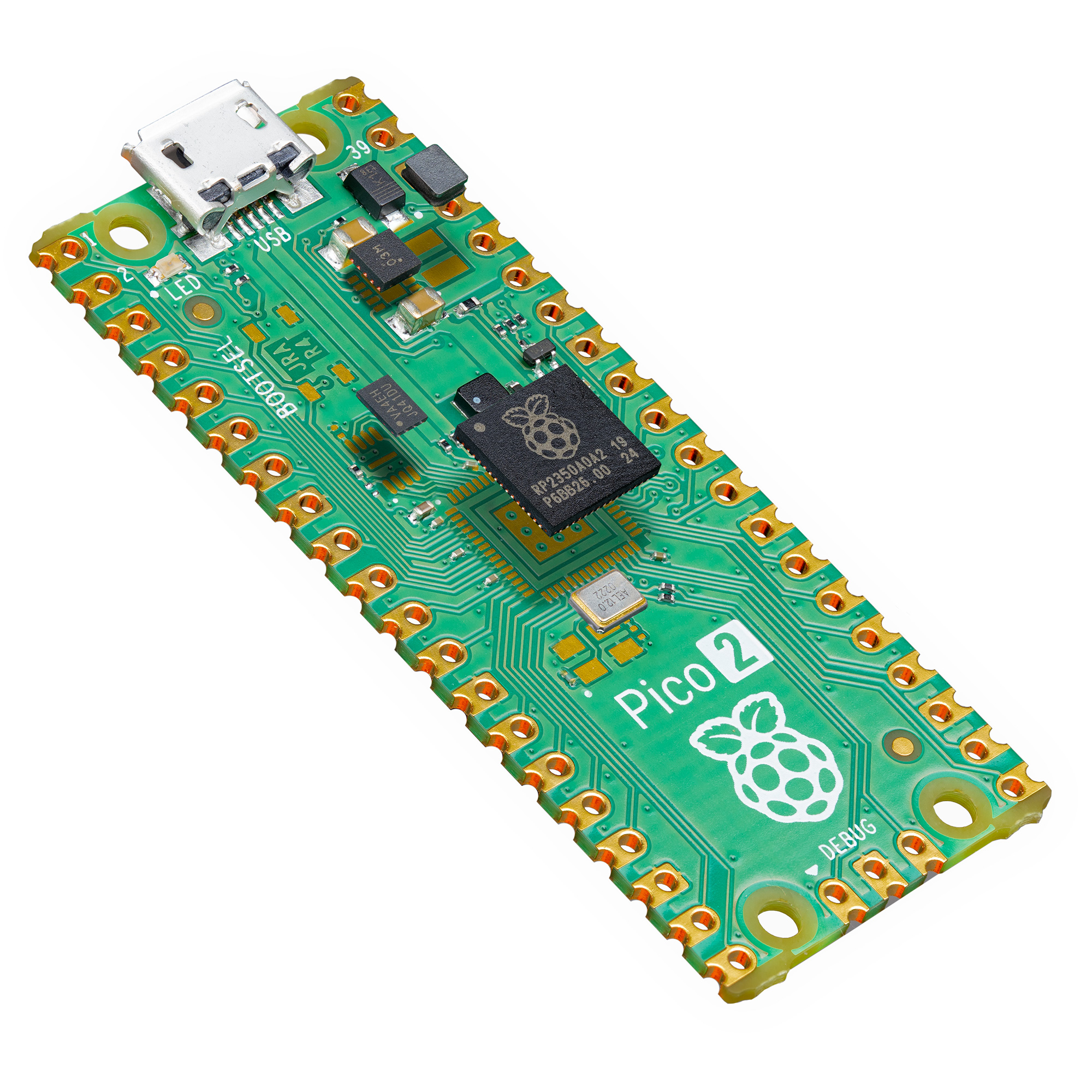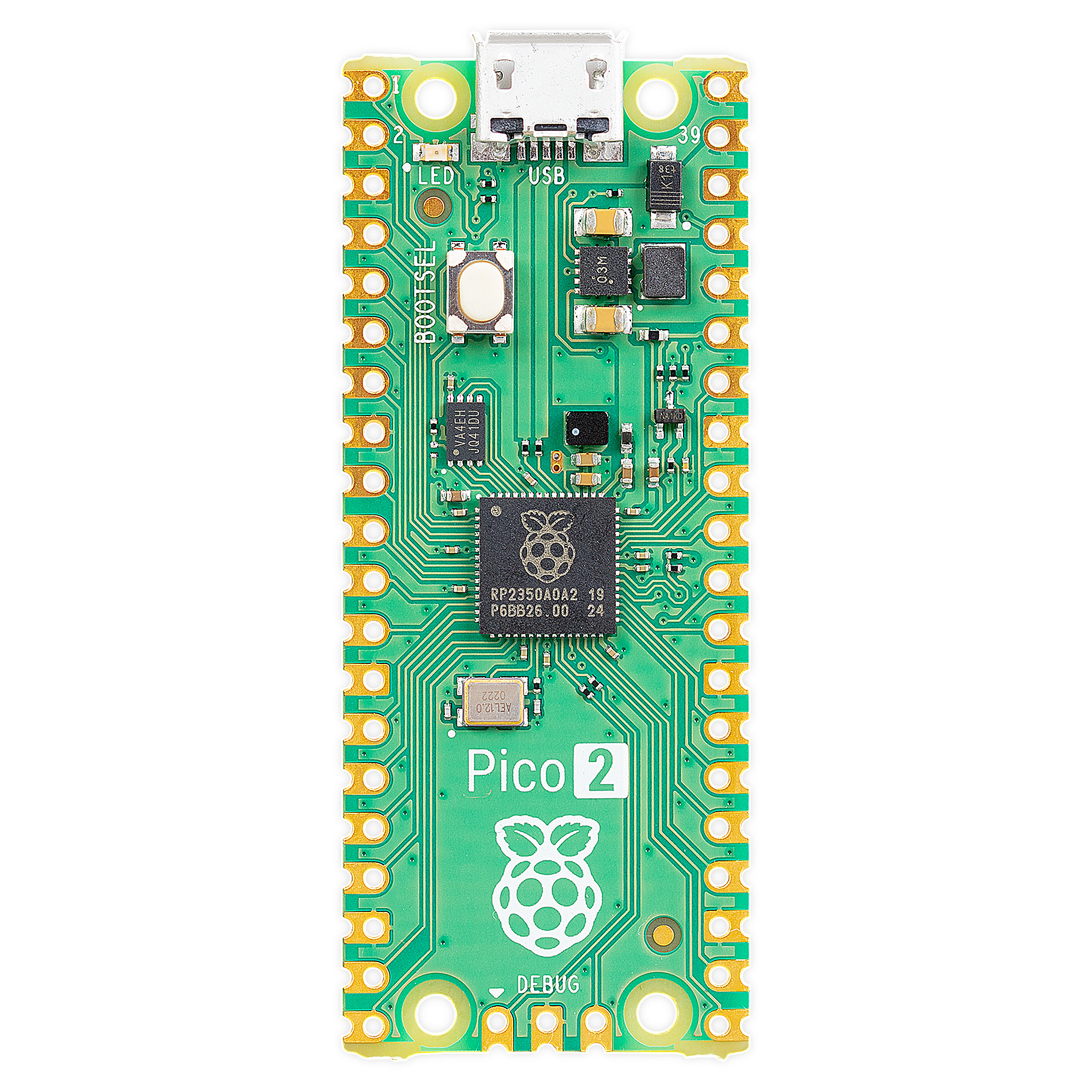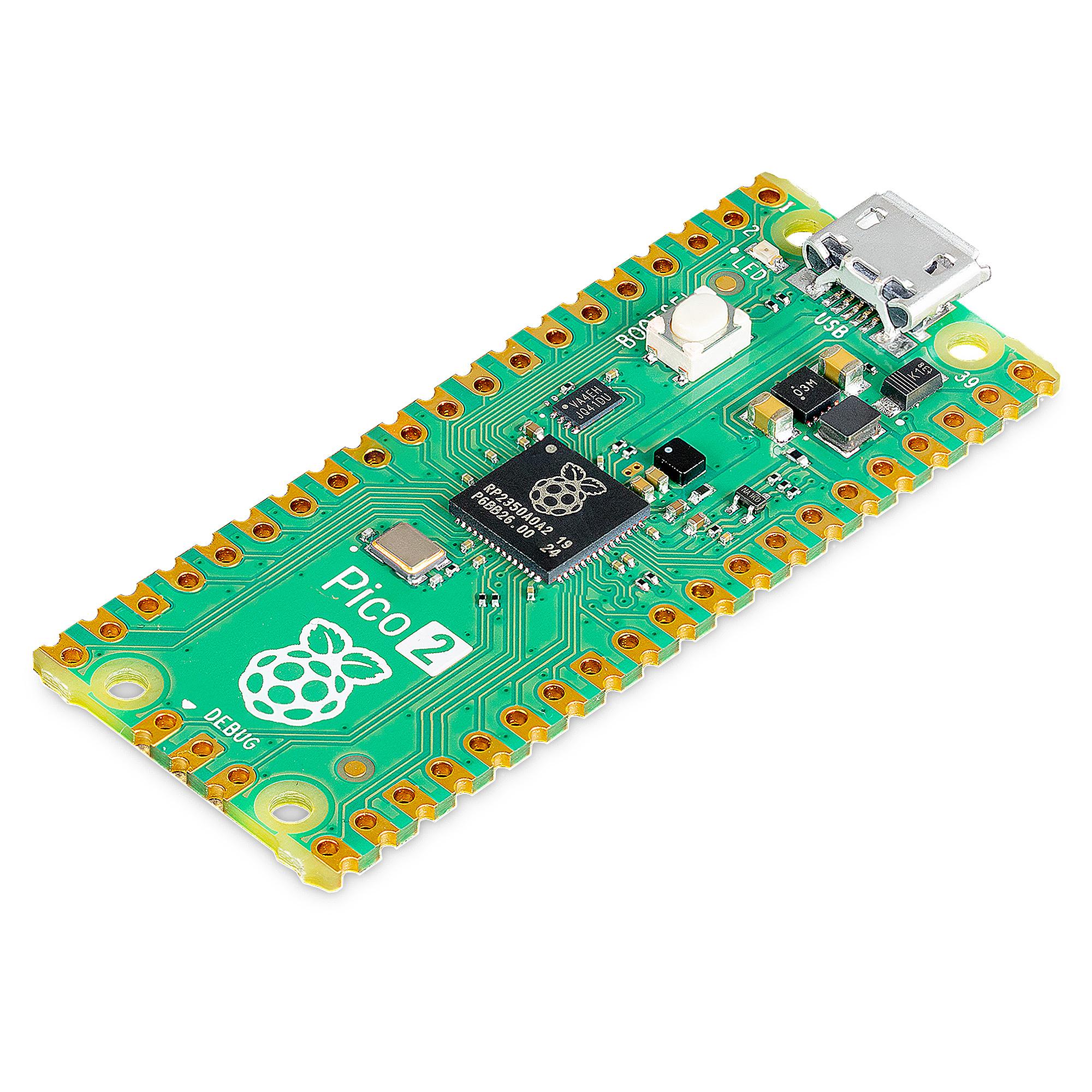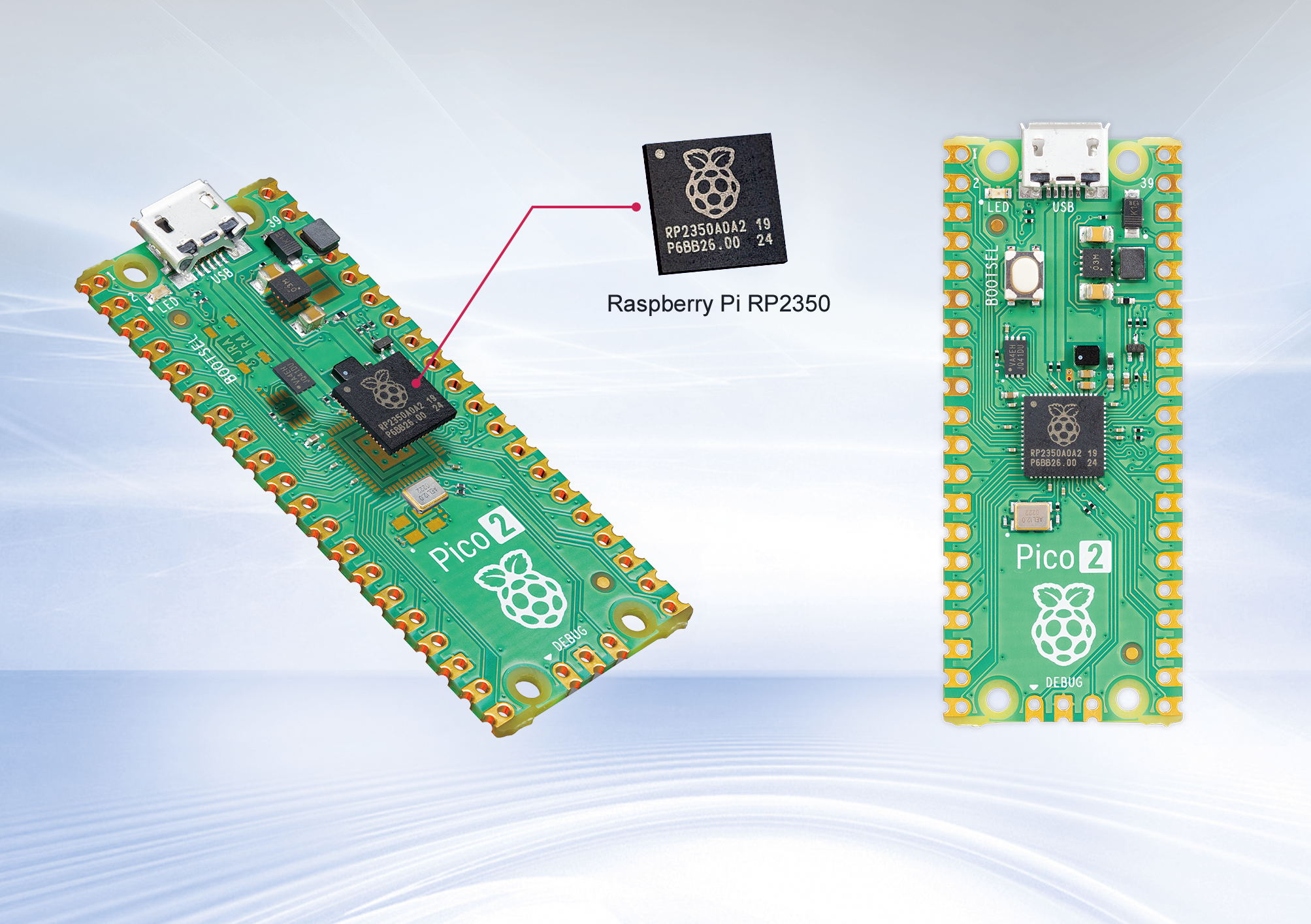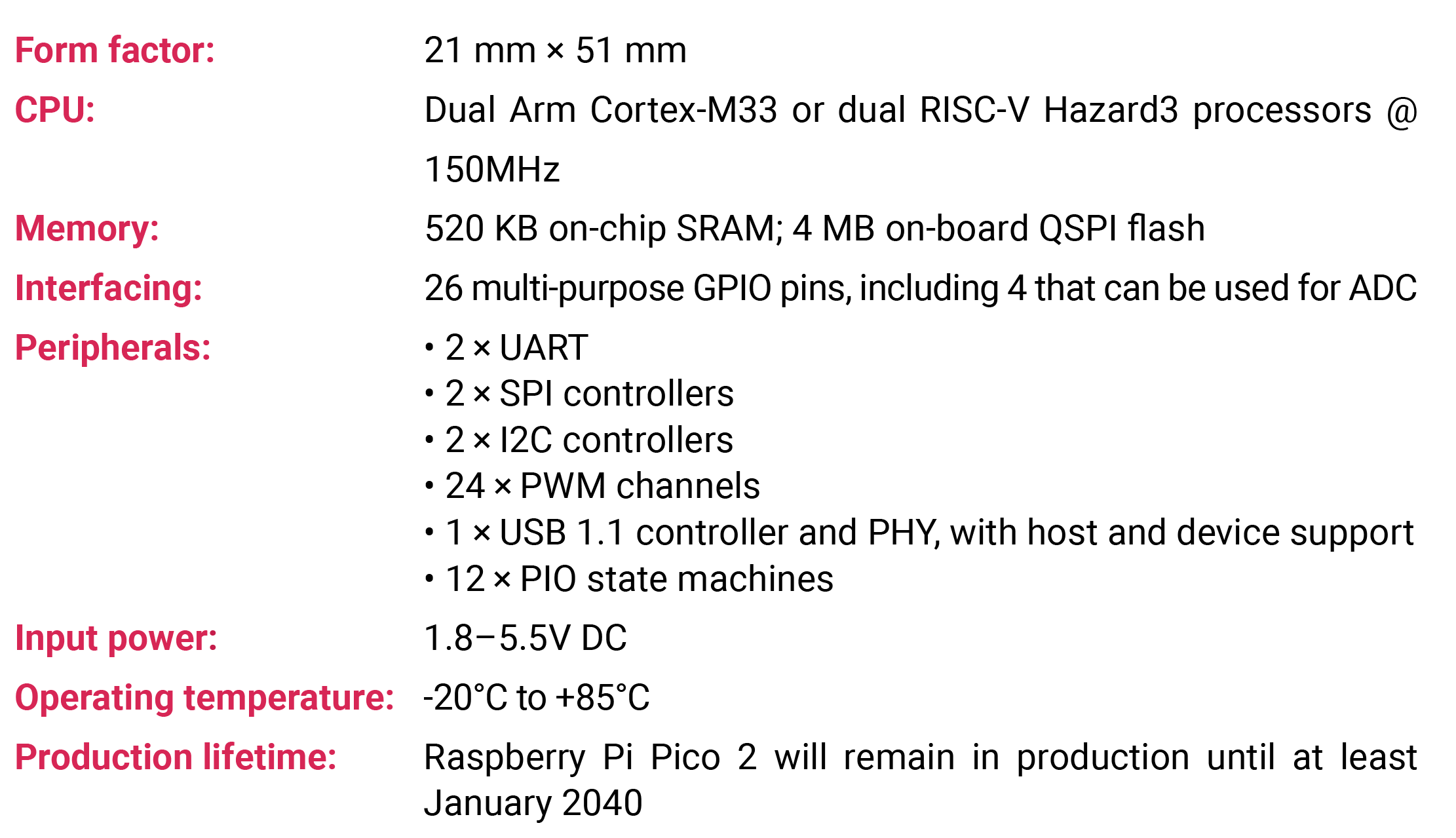With a higher core clock speed, double the memory, more powerful Arm cores, optional RISC‑V cores, new security features, and upgraded interfacing capabilities, Raspberry Pi Pico 2 delivers a significant performance boost, while retaining compatibility with earlier members of the Raspberry Pi Pico series.
Programmable in C / C++ and Python, and with detailed documentation, Raspberry Pi Pico 2 is the ideal microcontroller board for enthusiasts and professional developers alike.
Chip off the new block
Raspberry Pi Pico 2 is powered by RP2350, our new high-performance, secure microcontroller. Every aspect of the design has been upgraded, from the CPU cores to our unique PIO interfacing subsystem. We’ve introduced a comprehensive security architecture, built around Arm TrustZone for Cortex-M. And new low-power states and package options expand the range of addressable applications.






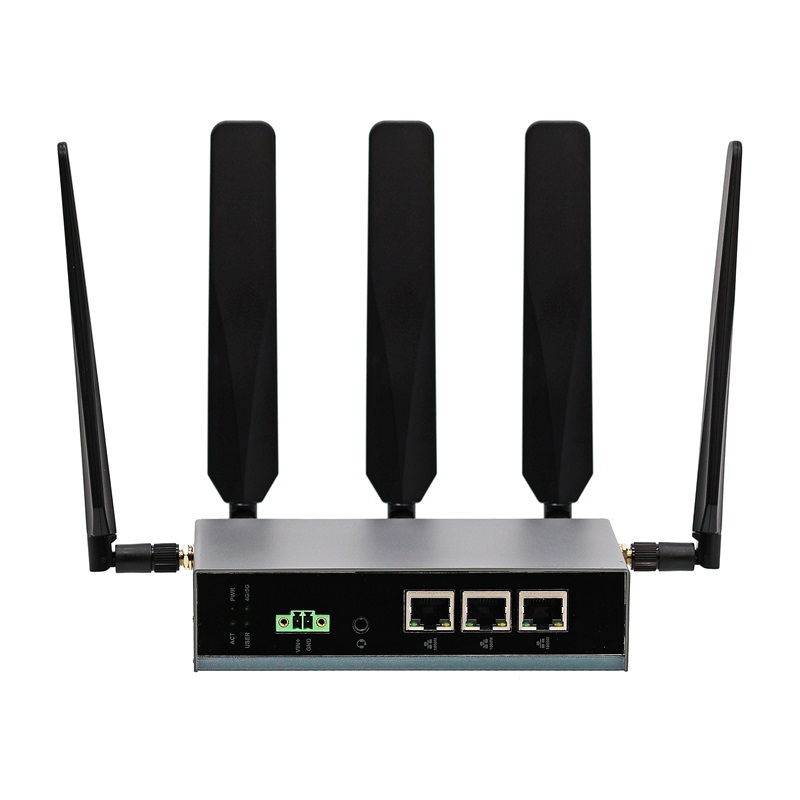































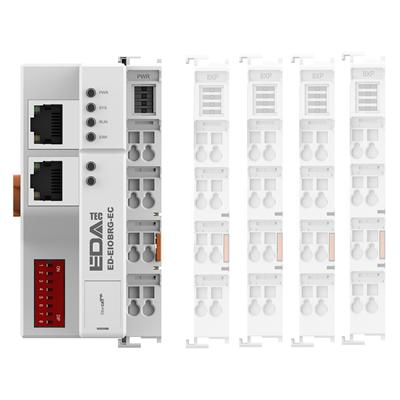









































































 En
En



